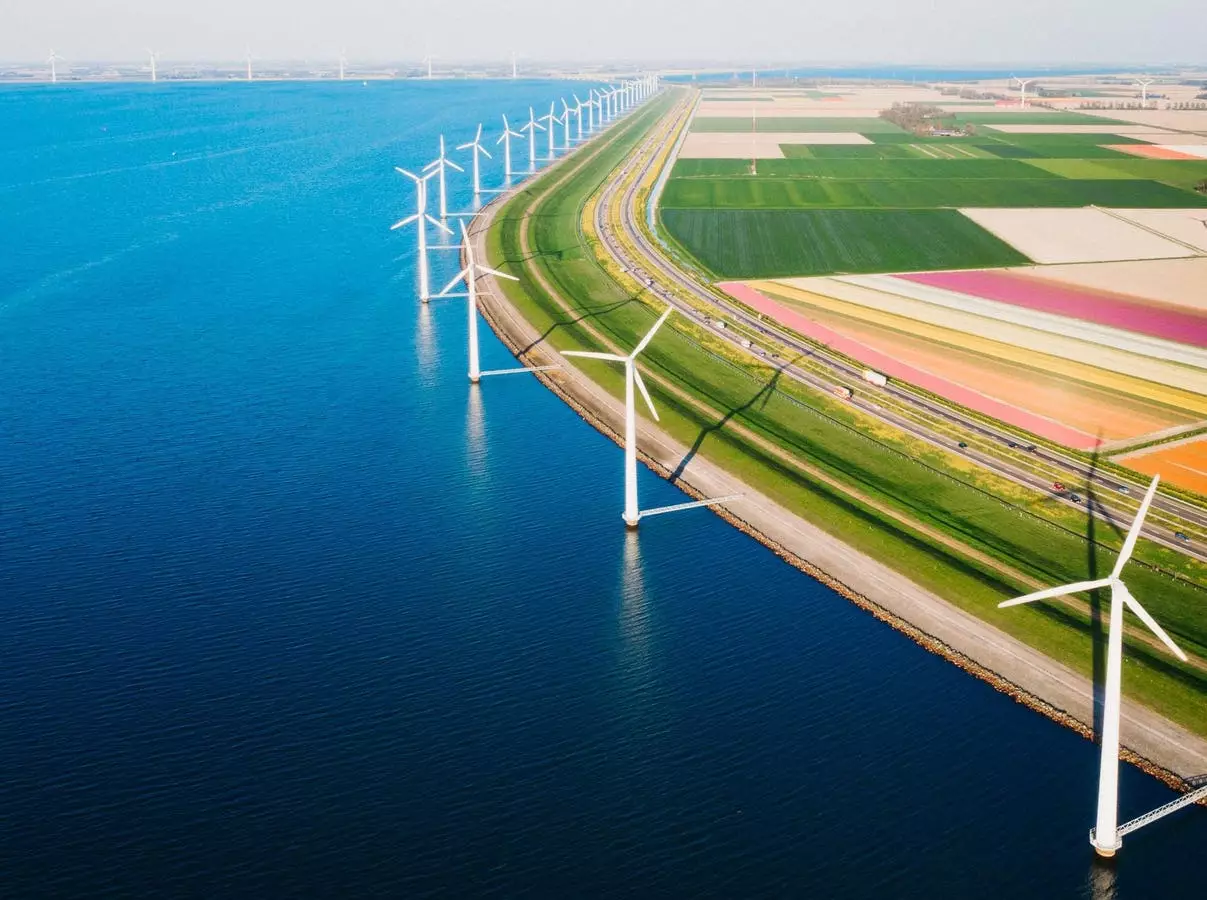The world is at a pivotal moment when it comes to the transition towards sustainable energy. According to a recent report by energy think tank Ember, in 2024, a record-breaking 30% of global electricity production came from sources such as solar, wind, and other renewables. This marks a significant shift away from traditional fossil fuels, which have long been the primary source of energy generation. In fact, the report suggests that we may have finally reached a turning point where the use of clean energy surpasses that of dirty fossil fuels on a global scale.
However, it’s important to note that the transition to renewables has not been without its challenges. Dry weather conditions in certain regions last year led to a decrease in energy production from hydropower, forcing some areas to rely more heavily on coal-fired power plants. Despite this setback, when nuclear energy is taken into account, nearly 40% of global energy production came from non-carbon sources in 2024. This underlines the importance of a diversified energy mix in achieving sustainability goals.
The growth of renewables has been a steady process over the past two decades, with solar and wind emerging as key players in the clean energy sector. In 2000, these sources accounted for just 0.2% of electricity generation, but by 2024, they had risen to 13.4%. China, in particular, has made significant strides in integrating solar and wind power into its energy mix, leading the way in renewable energy adoption. As more countries follow suit and embrace clean energy technologies, the momentum is expected to continue in the years ahead.
While there have been notable advancements in green technology and policy, there is still much work to be done to address the looming threat of climate change. Renewable energy currently makes up over 20% of power in the United States, and there are over three million electric cars on American roads. However, transitioning to a sustainable future requires a concerted effort across all sectors. This is why initiatives like Forbes’ new Sustainability Leaders list are crucial in recognizing individuals and organizations driving positive change.
Looking ahead, the forecast for clean energy generation is positive, with a projected increase of 1300 terawatt hours in 2024. This growth is expected to outpace the rise in global energy demand, resulting in a potential decrease in electricity generated from fossil fuels by 2%. Initiatives like the USDA’s Climate-Smart Commodities program are also paving the way for sustainable agriculture practices, creating new opportunities for farmers to profit from environmentally-friendly techniques.
The future of sustainable energy is promising but also complex. While we have made significant strides in reducing our reliance on fossil fuels and increasing the use of renewables, there are still challenges to overcome. By embracing new technologies, policies, and practices, we can work towards a more sustainable and resilient energy future. Collaborative efforts across governments, industries, and communities will be essential in driving this transition towards a cleaner, greener planet for future generations.


Leave a Reply